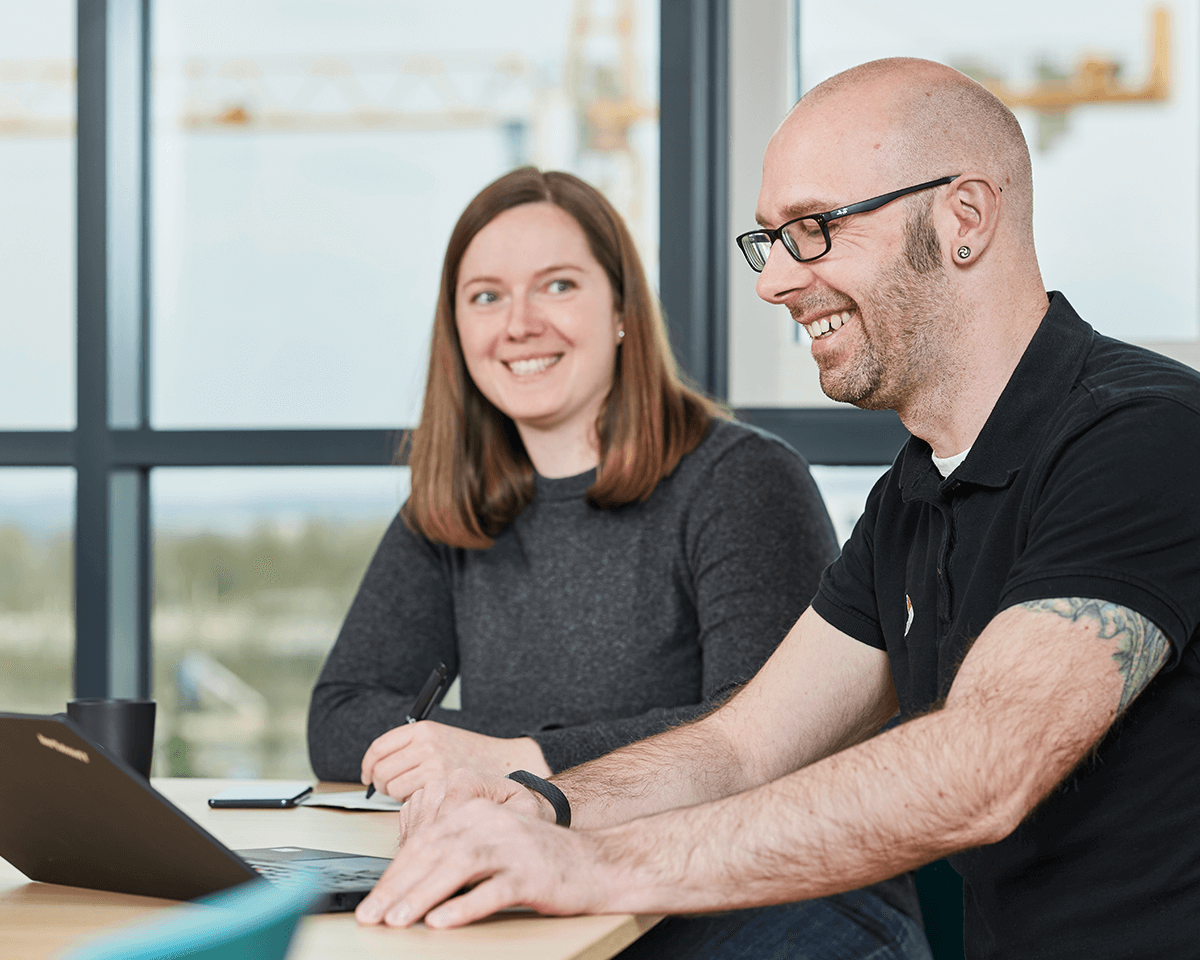
An ERP project touches business-critical processes in your company. This requires a deep trust in the supporting partner. Our proven methodology is based on numerous software projects, realized according to classical approaches or agile ones like Scrum.
We always think holistically. Because ERP projects are not just technology projects. Anyone who thinks that is wrong. We know our stuff when it comes to the processual and human components in change projects and are happy to provide support in the area of change management. In our experience, it achieves quality as well as risk minimization in equal measure. Unique and recommendable.

Technology

Processes

People
The following process starts when we have conducted a workshop or prologue, on the basis of which we have worked out a rough concept including an offer and you agree with it:
Successfully master change management and increase your employees' acceptance of the new software solution already during the project.

Lower costs
Good planning and continuous testing in the project minimise costs.

Productive work
The parallelisation of teams in the ongoing project leads to more productivity.

No weak points
Through your regular feedback, weaknesses are quickly uncovered.

Enthusiastic users
The continuous involvement of your team leads to appreciation and acceptance.

Transparency
You have an overview of the status and costs of the project at all times.